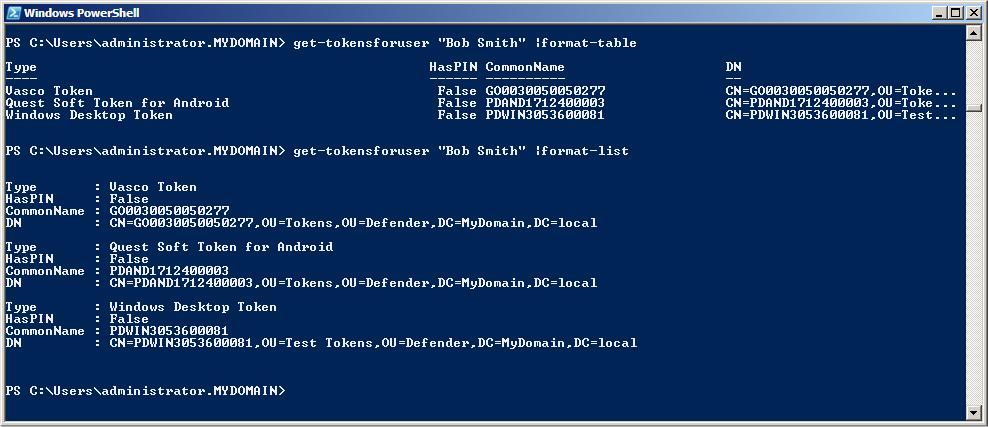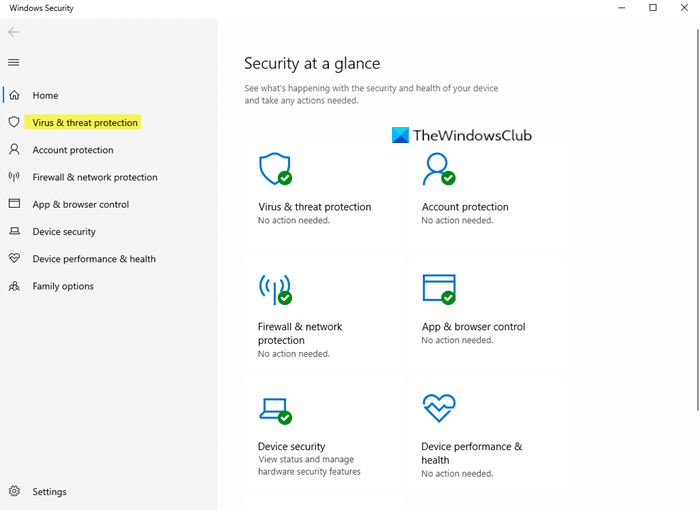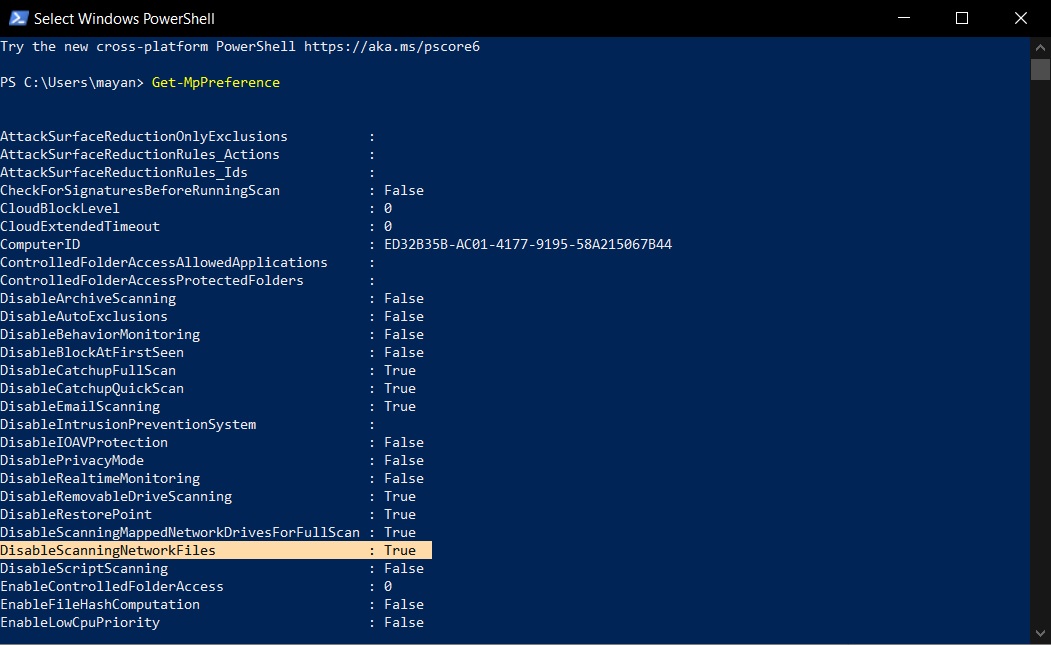
If you don’t use any of the above editions, or aren’t sure which one you’re using, don’t worry! All versions of Windows 10 and Windows 11 can turn off Windows Defender using the registry method. Typically, the Local Group Policy solution is a little easier to perform, but you can only use it on Pro, Enterprise, and Education editions of Windows 10 and 11. For a more permanent solution, you can go through the registry or Local Group Policy window.The first is the simplest: just install a third-party virus program on your PC to disable the Defender in part.You have a few options when it comes to disabling Windows Defender. Keep in mind that you’ll have to make sure you do not browse the Web without a functioning antivirus active! You need to have something installed beforehand to make up for Windows Defender being turned off. Disable Windows Defender Permanentlyįortunately, there are ways to make it so that Windows Defender doesn’t reenable itself.

Note: if you’re already using another antivirus instead of Windows Defender, you may not see these settings at all – which is a fix in itself and will be detailed below. This is great if you just need to turn Windows Defender off for a short while but doesn’t solve the ultimate goal of turning off Windows Defender permanently.


Therefore, we cannot turn off Defender during installation, and it will need to be disabled either manually on the device or via Group Policy Object. Microsoft has revoked the API for Windows Server that allowed us to report the presence of our Antivirus, which would cause Windows to automatically disable Windows Defender. Windows Defender will interfere with Essential/Premium/Ultimate Business Security on Windows Server OS and needs to be disabled prior to installation.



 0 kommentar(er)
0 kommentar(er)
